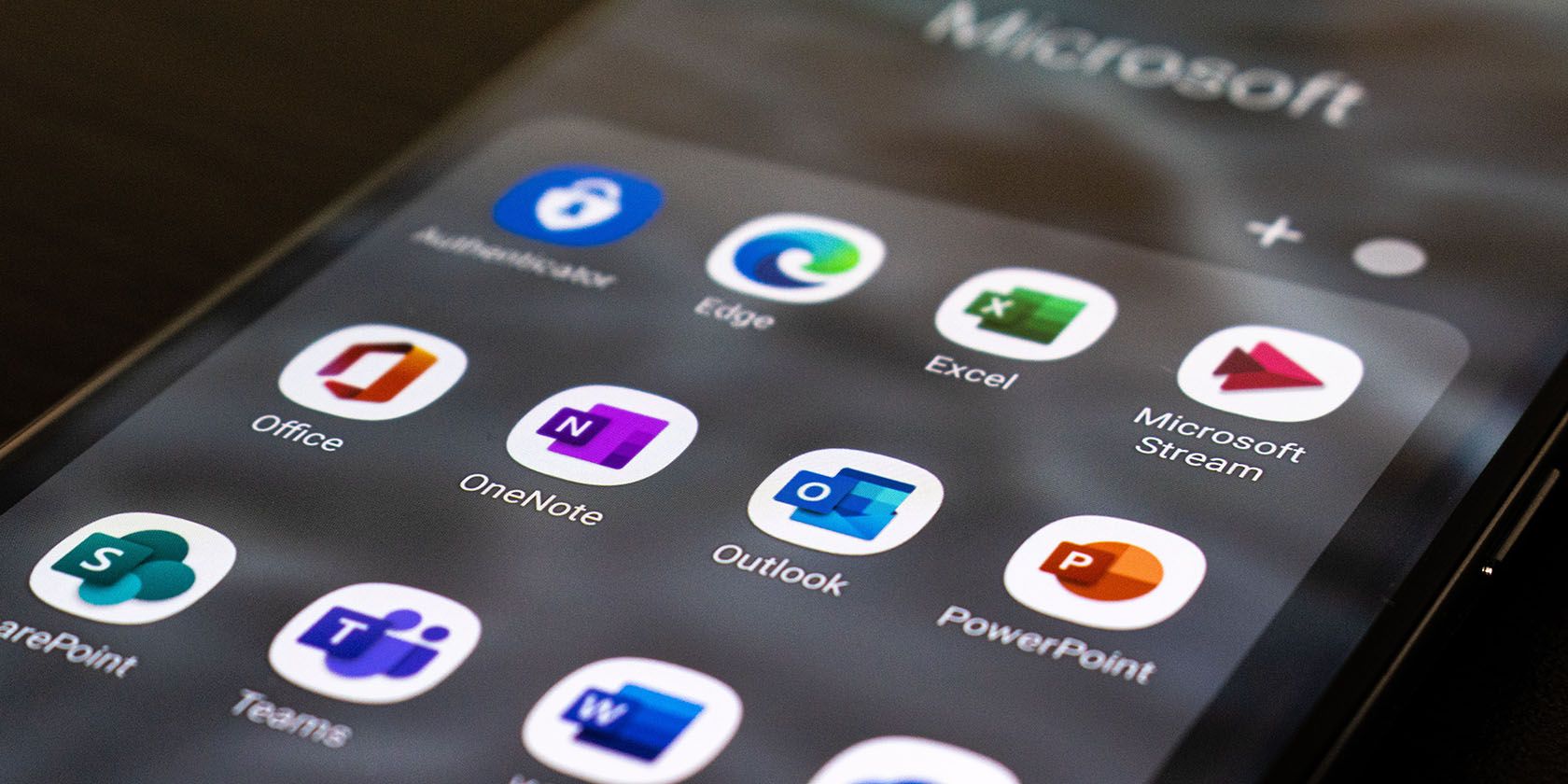Death in the digital age is a strange thing. These days, there are millions of empty profiles of deceased people on social media platforms, address books, and email lists. While most of us don't like to actively think about what happens to our online persona when we pass away, the reality is that it has to be addressed at some point.
So, what happens to your Outlook email address when you die and what your loved ones can do with it.
Microsoft's Policies and Instructions After a User Dies
For its various email services, such as Outlook.com, you can read Microsoft's current policies for accessing user accounts after death.
In general, inactive Outlook accounts are automatically closed after two years. However, there are three alternative options available to your loved ones or legal representatives before then.
- Manually file for permanent Outlook account deletion within 60 days
- Revoke subscription payment to delete OneDrive files in one year
- Submit legal documents requesting access to an Outlook account or immediate deletion
Here's how each option works.
1. Manually File for Permanent Outlook Account Deletion Within 60 days
Microsoft has no problems with other users who were given explicit account access and log-in details by the deceased account owner, disposing of an Outlook account. To delete your Outlook account, your trusted friend or family member can request permanent deletion by going to Close your account and following the instructions on the screen.
After your contact closes your Outlook account, they can still reopen it within 60 days by signing in again. However, once those 60 days pass without a log-in, Microsoft will permanently delete your Outlook account, including the data associated with it.
2. Revoke Subscription Payments to Delete OneDrive Files in One Year
Alternatively, loved ones can delete your Outlook storage files in One Drive with a password by stopping payments for Microsoft subscriptions. To accomplish this, family members or legal representatives can call your bank to cancel subscription payments or revoke authorizations.
Once payments are rejected, your Outlook account will be frozen after a year, and all existing files stored on OneDrive will be deleted. Similarly, your Outlook account will expire after two years of inactivity.
3. Submit Legal Documents Requesting Outlook Account Access or Immediate Deletion
According to its policies, Microsoft must be formally served with a valid subpoena or court order before it will consider releasing a deceased or incapacitated user's personal email account information. You may have to go through the same process to delete social media accounts.
Take note that Microsoft only responds to non-criminal subpoenas and court orders served with a registered Microsoft agent in your state or region. In some countries, such as Germany, Microsoft requests the following documents to process the review:
- A copy of the death certificate
- A copy of the deceased person's ID or passport
- A copy of the certificate of inheritance or similar legal documentation proving sole heirship or consent from heirs that you are entitled to act on their behalf
- A copy of the requestor's ID or passport
While Microsoft does not have its list of registered Microsoft agents online, your legal representatives can contact its Global Customer Service phone number from your area for assistance. If the request does not meet the applicable laws, Microsoft holds the right to withhold access to your email address and its contents.
Plan for Life After Outlook
Because most families or friends are not equipped to handle digital accounts when we die, it's important to plan for when we do. Whether giving a trusted friend or family member your log-in details or including what you want to be done with it on legal documents, preparing for the inevitable can help your grieving friends and family know how to move on.

